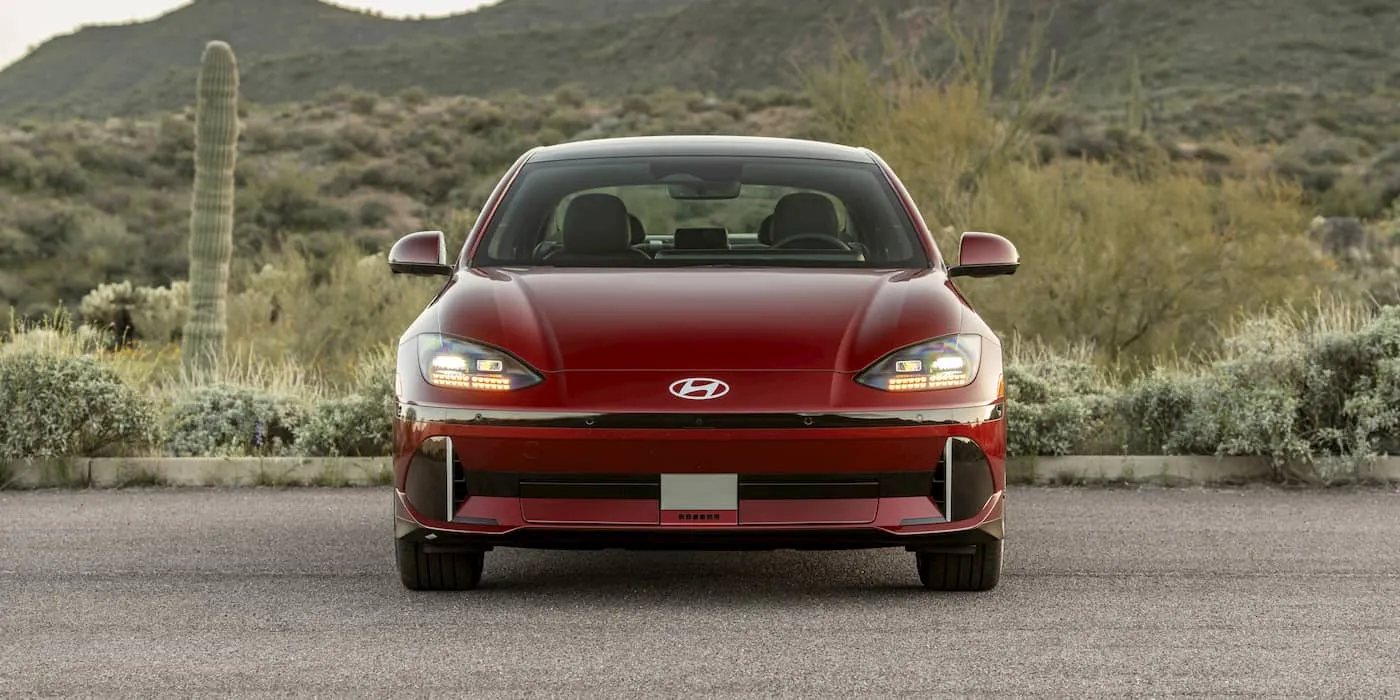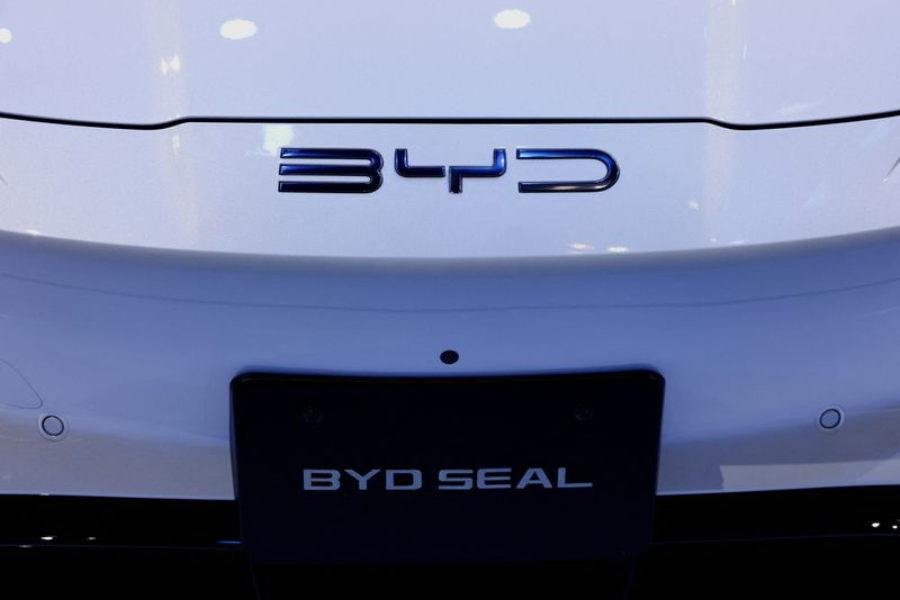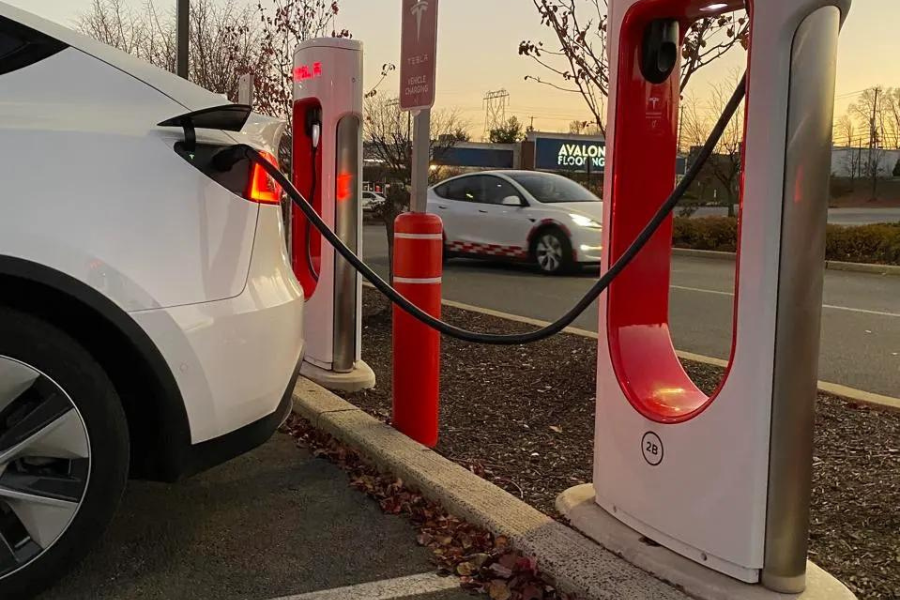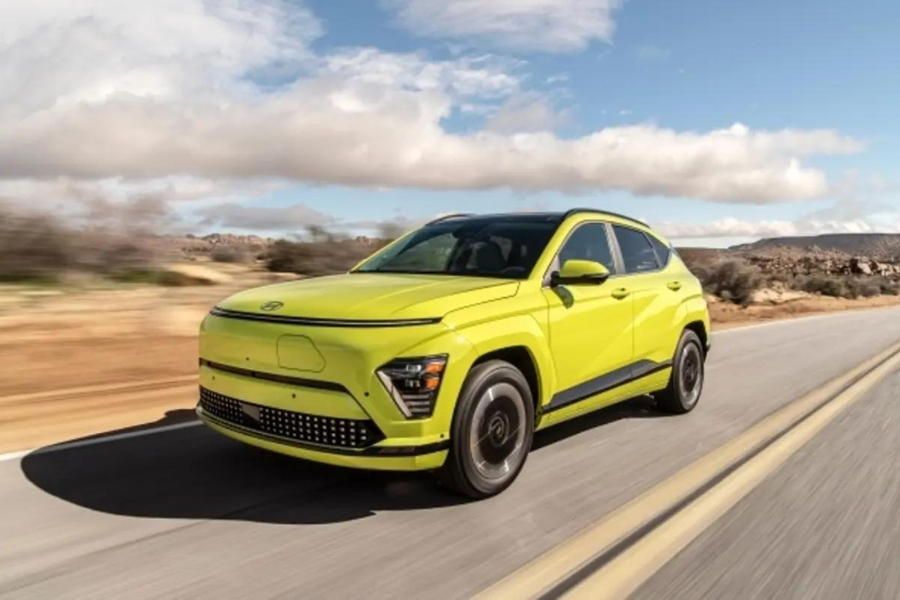Many people are discovering the joy and benefits of incorporating cycling into their daily routines as a means to stay healthy, and environmentally conscious, and to create more bonding time with their family. One of the best ways to include young children in this activity is by using a child bike seat.
Biking together not only creates memorable experiences but also instills the love of cycling and physical activity in a child’s formative years. It can open up a world of benefits for the entire family, from improved health and fitness to quality time outdoors and bonding moments. In this post, we will discuss important tips for safely biking, including helmet use, proper seat installation, and how to communicate effectively with your kid during a ride. Enjoy the ride!
Choosing the Right Bike with Child Seat
Age and weight restrictions
Before you decide on which type of seat to purchase, it is essential to consider your child’s age and weight. Most seats are designed for children at least nine months old, as by then, they can support their necks and sit up steadily. However, some seats accommodate younger riders, provided you have clearance from your pediatrician. Concerning weight restrictions, most bike seats cater to children between 20 and 50 lbs, so it’s crucial to ensure the seat you purchase suits your child’s measurements.
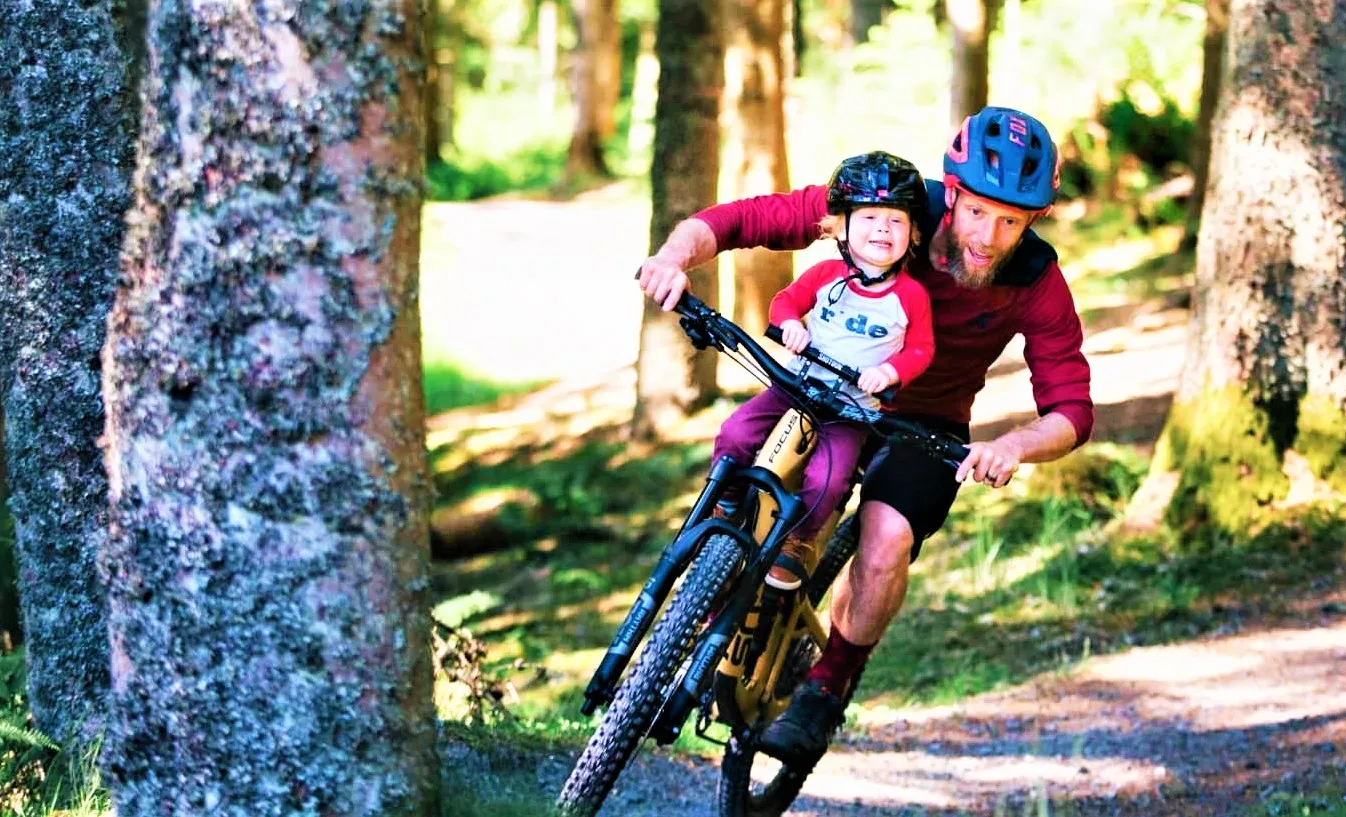
Compatibility Baby Bike Seat with Electric Bikes
E-bike compatibility is a crucial factor when choosing a baby bike seat. First, consider the battery placement and check whether it interferes with the attachment points or weight distribution. Frame considerations, such as size, shape, and material, also matter, as some seats may not fit all e-bike frame styles. Consult product guidelines, e-bike manufacturers, or bike shops for help determining compatibility.
3 Types of Bike Seats for Childs
They come in three primary forms: front-fitting, rear-fitting, and top-tube mounted.
1) Front-Mounted Bike Seats
Attach near the handlebar stem, positioning your child between your arms, which can be an excellent option for younger kids (typically no older than three years) who require more supervision and interaction. The front-fitting bike seat allows natural communication and an unobstructed view for the child. A great example of a front-mounted bike seat is the one offered by THREO.
2) Rear-Fitting Bike Seats
It is perfect for older and heavier children. They attach to the rear of a bicycle, either on the frame or a carrier rack. Because of their positioning, they can accommodate more weight, and many models can recline for added comfort on long rides;
3) Top-Tube Mounted Seats
These are less common and mount to the bike’s top tube, positioning the child slightly behind the rider. Some models also double as a top-tube bag, offering extra storage options.
Preparing for the First Ride with a Child Bike Seat
Before taking off on your first family ride, it’s essential to build your comfort in navigating an e-bike outfitted with a child seat. Spend time getting familiar with the weight distribution, maneuvering, and general feel.
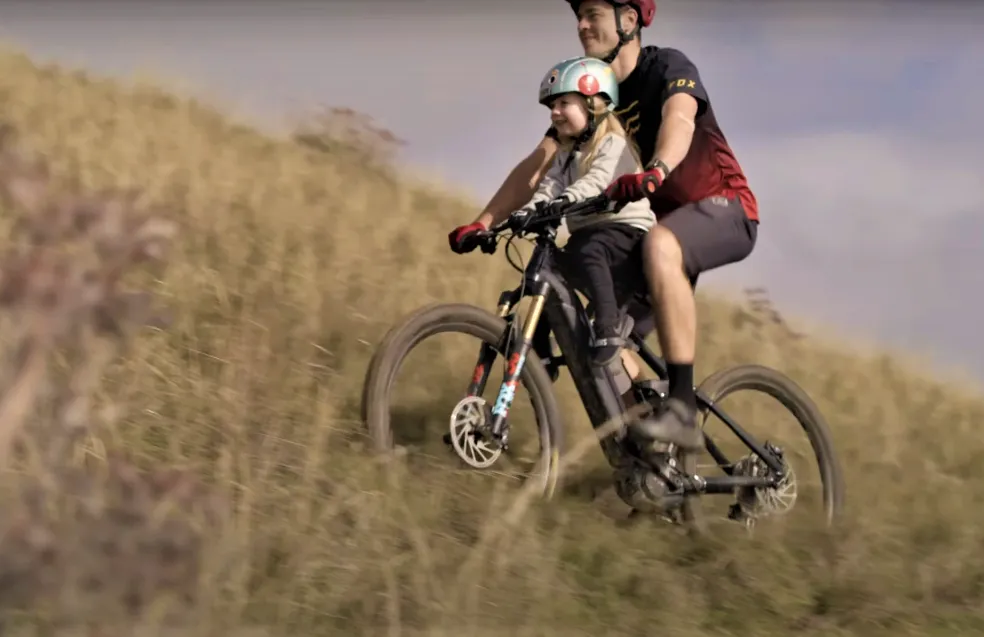
Moreover, the presence of a seat can significantly impact how you mount and dismount your bike. Find a safe, level space to practice these movements until they become second nature. Additionally, consider adjusting your bike’s kickstand to ensure stability when loading and unloading your kid.
Finally, ensure proper installation and secure attachment. An improperly installed seat can be dangerous, so always follow manufacturer guidelines and double-check all attachment points. If you’re unsure of your installation abilities, consult a local bike shop for guidance and confirmation.
Ensuring Safety while Cycling
- Importance of helmet use: Wearing helmets is crucial for both the rider and the child. When selecting a helmet for your kid, ensure a snug fit that covers the entire forehead and remains level on the head. Regularly check the size and fit, especially as children outgrow helmets quickly;
- Visibility and safety gear: Increased visibility is an essential safety aspect when cycling. Equip your e-bike with front and rear lights, reflectors, and even wheel lights to improve visibility. Ensure both you and your child wear bright or reflective clothing to maximize your visibility to motorists and other cyclists;
- Proper use of foot straps and wraparound foot wells: Bike seats often come with foot straps and wraparound foot wells to keep your child’s feet secure and prevent accidental contact with the bike’s spokes. Regularly check the foot straps for signs of wear and adjust them as needed to ensure a secure and comfortable fit.
Comfort and Weather Considerations
- Appropriate clothing for different weather conditions: Dressing the child in layers is a versatile way to prepare for various weather conditions. Wicking base layers prevent moisture from accumulating, while breathable mid-layers offer insulation. Additionally, consider waterproof and wind-resistant outer layers to protect against rain and wind;
- Seat padding and reclining features: Seat padding enhances comfort for your kid, particularly during lengthy rides. Moreover, reclining seats can prevent your child’s head from slumping forward when they fall asleep during a ride. Remember to adjust the straps and padding accordingly as your child grows;
- Weather protection options: Ponchos and windscreens help shield your kid from rain, wind, and cold temperatures. By investing in these protective accessories, you can ensure optimal comfort and extend your family’s cycling season.
Impact of Baby Bike Seat on E-Bike Performance and Battery Life
The added weight of a seat and its occupant will affect your e-bike’s battery life, typically reducing the range. Have a buffer for the distance you plan to cover and factor in extra time for stops. Monitor the battery level regularly and charge as needed.
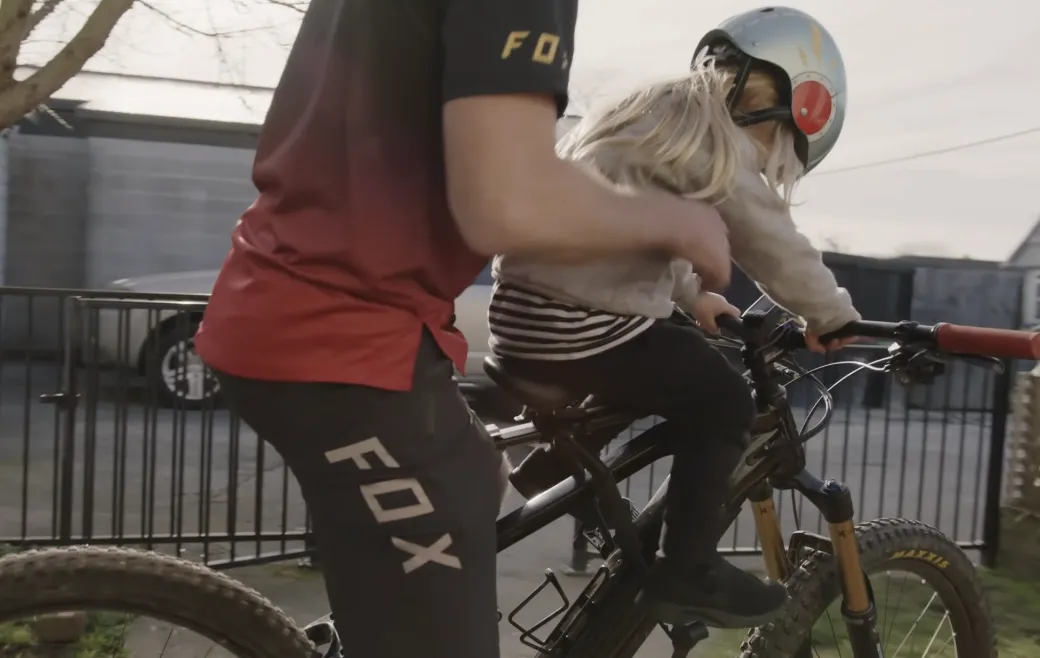
Since children in bike seats add weight to your e-bike, it’s crucial to familiarize yourself with the difference in handling, braking, and acceleration. Adjust riding habits to ensure safety and optimize battery life. For instance, try to avoid steep hills, fast starts, and sudden stops.
Furthermore, routine e-bike maintenance extends the life of both your bike and your kid’s seat. Check your bicycle’s tires, brakes, and the seat’s mounting points before each ride. Routinely service your bike as recommended by the manufacturer.

